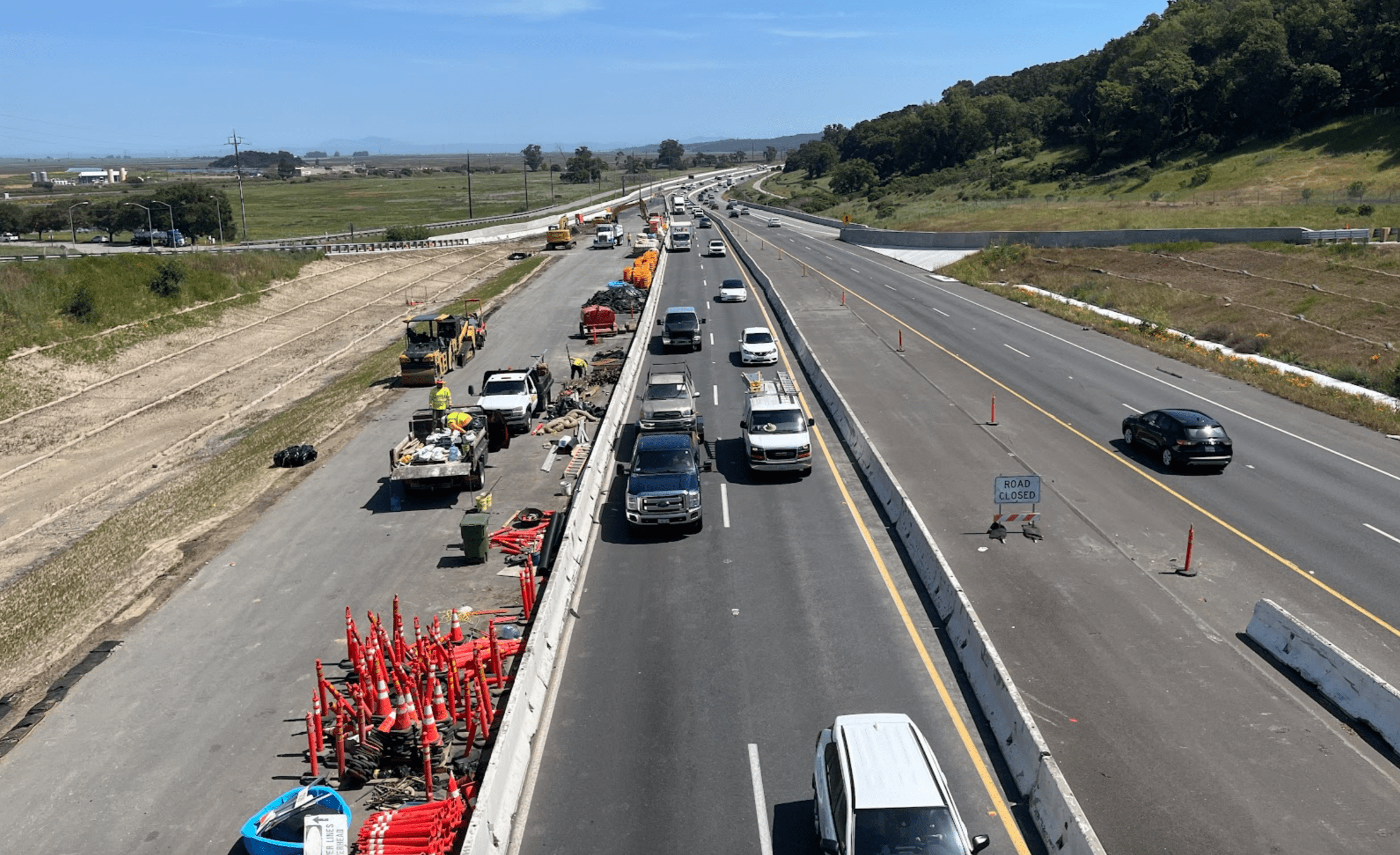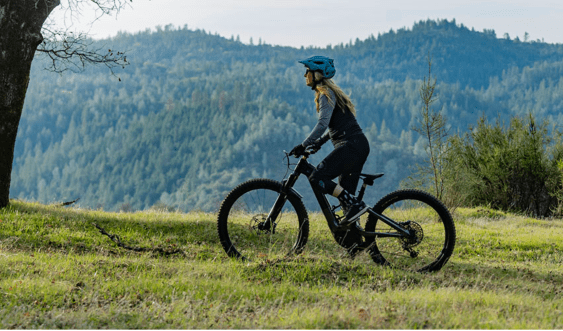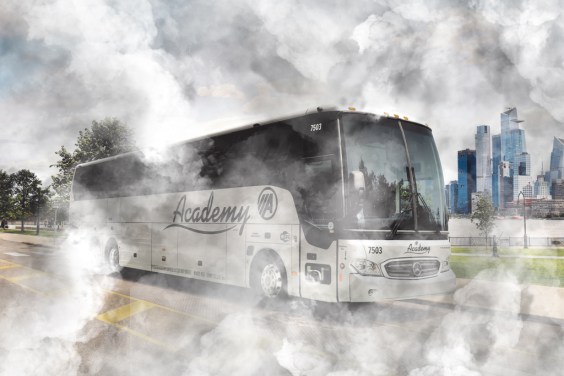It’s time to formally hit the pause button on highways.
Across the country, we hamstring transit efforts with inadequate funding, while simultaneously pouring money into highway projects that undermine transit, paralyze climate efforts, and ultimately do not relieve congestion or ease cost of living.
My home of Sonoma County, California, offers a classic example. In the early 2000s, facing rising traffic congestion and inadequate transportation options, the region simultaneously began planning for new passenger rail service while also approving funding to widen the highway serving the exact same corridor.
Over two decades, these construction projects progressed side by side, with new segments of Highway 101 opening every few years and the Sonoma Marin Area Rail Transit (SMART) train starting service in 2017. What voters who approved the funds didn’t realize is that one of these projects was doomed to fail.
Studies show that highway widening gives an initial reprieve from traffic congestion — but over a period of a few years, congestion returns. Anecdotally, drivers on Highway 101 are already finding rush hour traffic intolerable only two years after the project completion. In the long run, Sonoma County spent $1.2 billion on road construction that may not provide for smoother travel.
What it did accomplish, though, was to siphon potential funding from transit and facilitate more driving at the exact moment when transit needed support. The SMART train initially struggled to reach its ridership goals (although post-pandemic is showing strong increases) and struggled to find support from voters to approve its funding needs.
Counties and states across the country face similar choices. And they can respond with yet more road widening — or by formally hitting pause on expansions.
Climate and Community Institute’s new report, “Letting People Move” is the latest in a body of evidence showing why and how the US needs to shift its transportation funding from highways to transit. Amid federal attacks on smart transportation projects, state and local governments can act to give people affordable, effective options.
Of the two dozen policies outlined in the report, a moratorium on highway and major arterial expansion is one immediate step that every government in the country — down to state, county and city — can and should take immediately. This would include projects in the pipeline that have not yet broken ground.
A moratorium is reasonable; arguing for a pause is politically easier than calling for an absolute ban. It says: let’s take a break and try a different approach.
The reasons for a moratorium are also relatively easy to communicate:
- Our transportation system is broken; it’s dangerous, costly and frustrating;
- We have been trying to outbuild the problem for decades by pouring hundreds of billions of dollars into more lanes of roads and highways — but the problem persists and even worsens;
- We waste $150 billion annually on futile road expansions that saddle state and local budgets with new maintenance costs;
- Meanwhile, we lack funds for transit and safe streets.
A moratorium provides time to find a package of solutions that works for the needs, priorities, and political environment at each level of government. New frameworks, like the project selection requirements being pioneered in Colorado and Minnesota, or the ranking system implemented in Virginia, should result in far fewer new lanes of highway, but these policies take time to develop and implement. It’s not unusual for a new law to take several years from introduction to passage to implementation.
Why continue to inflict damage for many years while we work out the details?
One of the more celebrated examples of a highway moratorium in US history shows both the importance of bold leadership and the power of the people to demand it. In 1972, Massachusetts Governor Francis Sargent responded to protests over new highway plans by declaring a moratorium on highway construction inside Boston. Some people credit the protests and Sargent’s decision with saving Boston as a walkable city. Governor Sargent said:
“Your families, your neighbors have become caught in a system that has fouled our air, ravaged our cities, choked our economy, and frustrated every single one of us ... We have been caught in a vicious cycle … more traffic jams meant the need for more highways, which meant more traffic jams and the need for superhighways ... The side effect: billions of dollars spent and more and more cities torn apart, more and more families uprooted and displaced. Worst of all: failure to solve the problem that started it all.”
Imagine the transit system that could have flourished in the twenty years since 2004, if Sonoma County had hit the pause button instead of hitting the green light on highway expansion.
As congestion builds again, the community will face more expansion decisions. Here, and around the country, we still have a chance to formally hit pause on wasteful widening — and focus instead on transit and other solutions with real potential.






